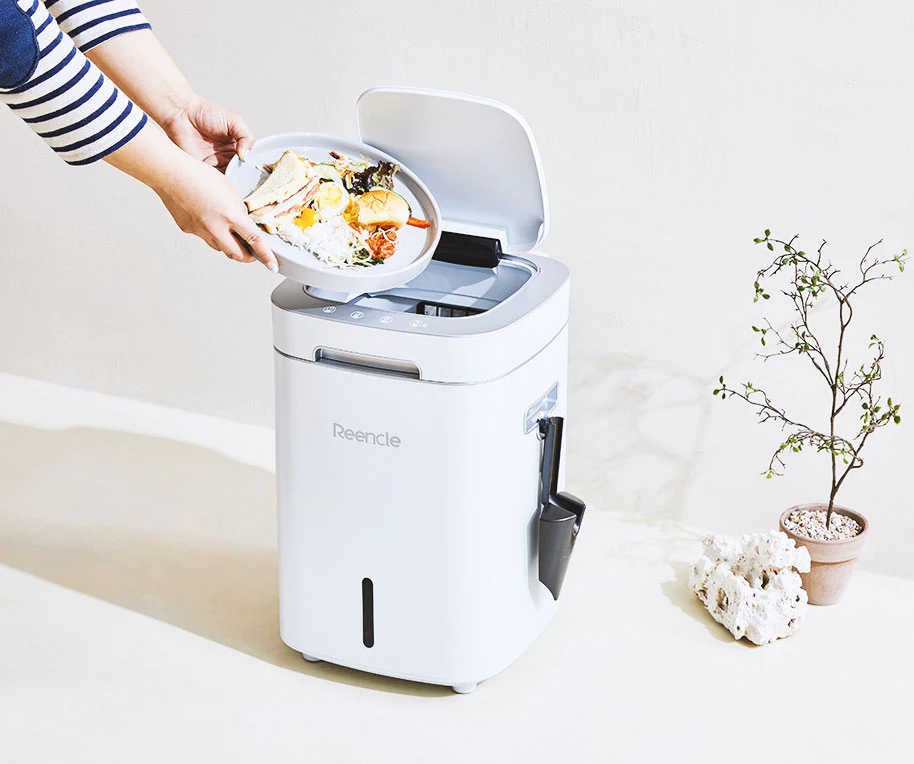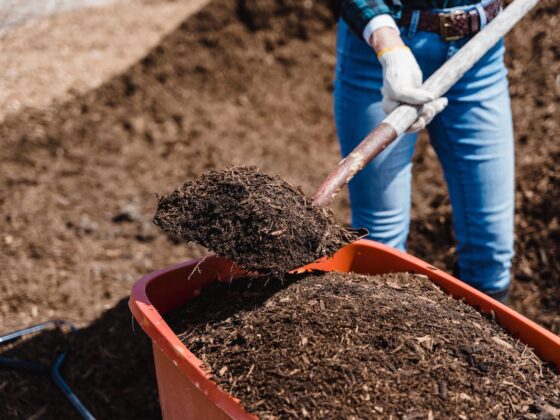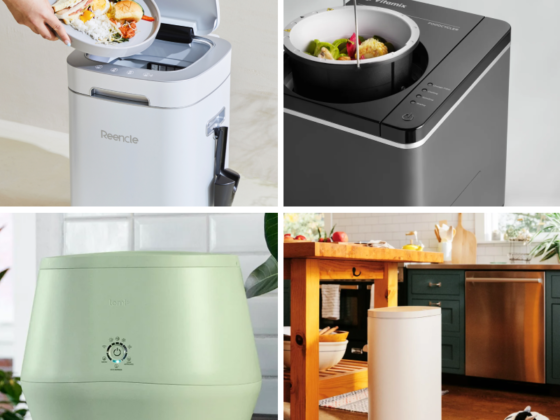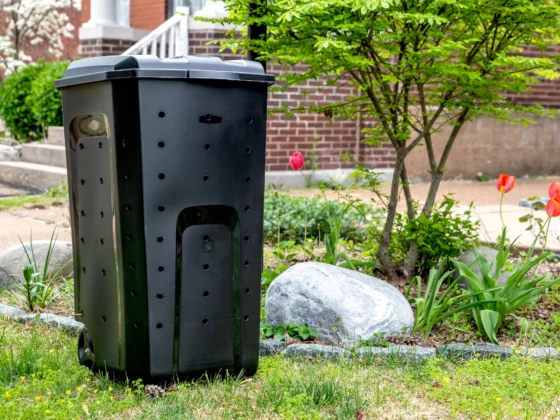According to the United Nations Environment Programme’s (UNEP’s) Food Waste Index Report 2021, people globally waste 1 billion metric tonnes of food each year. A staggering one-third of all food produced globally is lost or wasted. Global food waste not only contributes to a food shortage that causes millions of people to go hungry while they sleep, but it also produces greenhouse gases (GHGs) that pose a threat to the environment.
Composting food waste rather than tossing it away is one of the best things you can do to live sustainably. It is much simpler than you might think. Many people falsely believe that composting can be done only if your home has a garden!
With the advancement in technology, we now have home composting devices that are meant to be used indoors, right there in the kitchen. There are a variety of models on the market; most yield either true compost or a dehydrated byproduct that can be used as fertilizer. We put five options to the test in our own kitchen over the last 3 months and here’s how they stacked up.
Best Overall: Reencle Prime (9/10)
First things first, as opposed to some of the other kitchen ‘composters’ that simply grind and dehydrate food, the Reencle device actually makes compost! How quickly depends on the food. For example, when I first added soft bread, the bread had disappeared in a few hours. I found drier materials took longer – they were still visible the next day, but had disappeared the day after.
The machine can either sit on your countertop or on the floor, and throughout the day, all you need to do is dump your kitchen scraps inside. Then, self-replicating “ReencleMicrobes” silently get to work. About 24 hours later, your food items will have broken down, resulting in an odor-free “homemade organic super food” that you can use as compost.
Reencle also works on a subscription basis, with two options. You can sign up for Reencle Flex, and for $35 per month, you’ll get a rental Reencle. Or, you can purchase Reencle Prime for $499 $429, which gets you a Reencle of your own, along with a one-year warranty. Both options come with all the necessary microbes and filters, as well.
Standout features: odorless, low noise levels, easy to use, sleek & modern look and most of all: creates actual compost and not dehydrated food waste
Lomi (7/10)
The Lomi by Pela is a compact composter, about the size of a toaster, that can handle roughly one cubic foot of food waste. When activated, it heats the waste and uses a metal arm to stir and crush it, similar to a slow-motion blender. The Lomi offers three modes: Lomi Preferred, Eco Express, and Grow – and depending on the food material, they can take anywhere between 3 to 20 hours to compost.
The machine is priced at $499. However, one key thing to note is that you have to constantly refill the Lomi pods and charcoal that cost $50 and last for 45 cycles.
Standout features: sleek design
Vitamix (6/10)
The Vitamix FoodCycler FC-50 is like a big bread-maker and is one of the original devices in this category. It costs $399 and is about the size of a large bread-maker and opens up to reveal a bucket where you put your compostable materials. This bucket can hold quite a bit of food waste and has a filter in the lid to reduce any bad smells.
The idea is to keep this container on your kitchen counter and, when it’s full, put it inside the FoodCycler to do its job. You can put vegetable scraps, pet food, coffee grounds, and more in it, but not meat or bones, as it can be risky for your soil and plants.
Once you start the FoodCycler, it takes about four to eight hours to dry and break down the waste into smaller pieces. It has LED lights to show its progress, and the lid stays locked until it’s done. However, similar to Lomi, you have to replace the activated charcoal in filter at regular intervals which can make it a little bit of a chore to use.
Standout features: Odourless, no additives required





